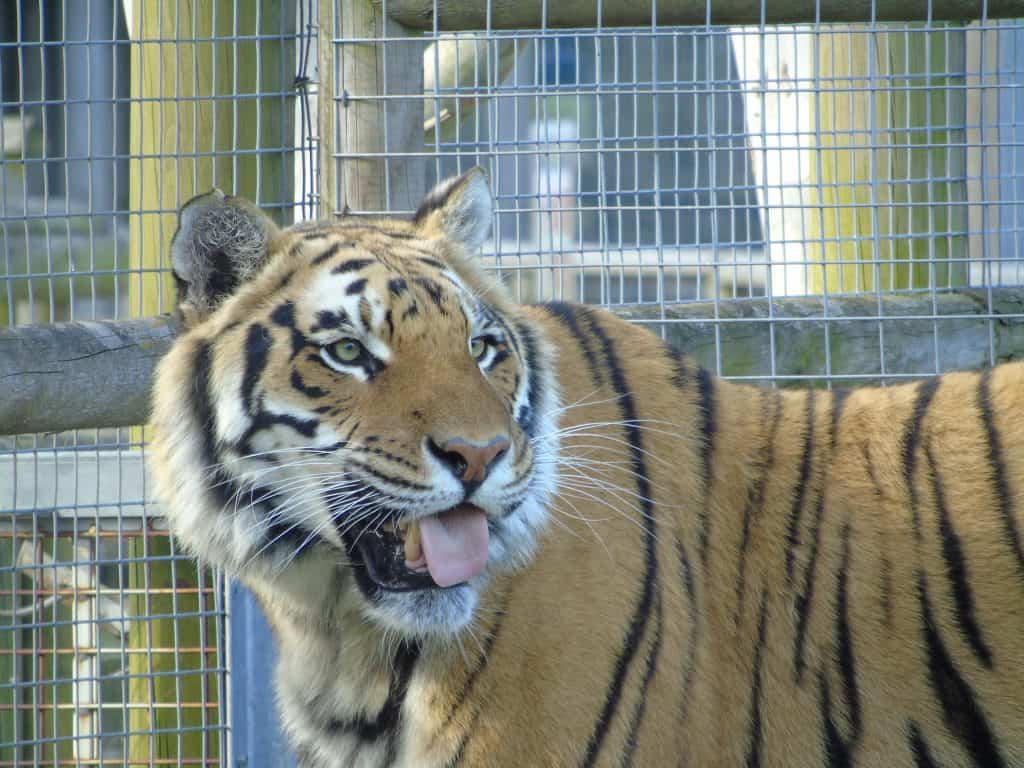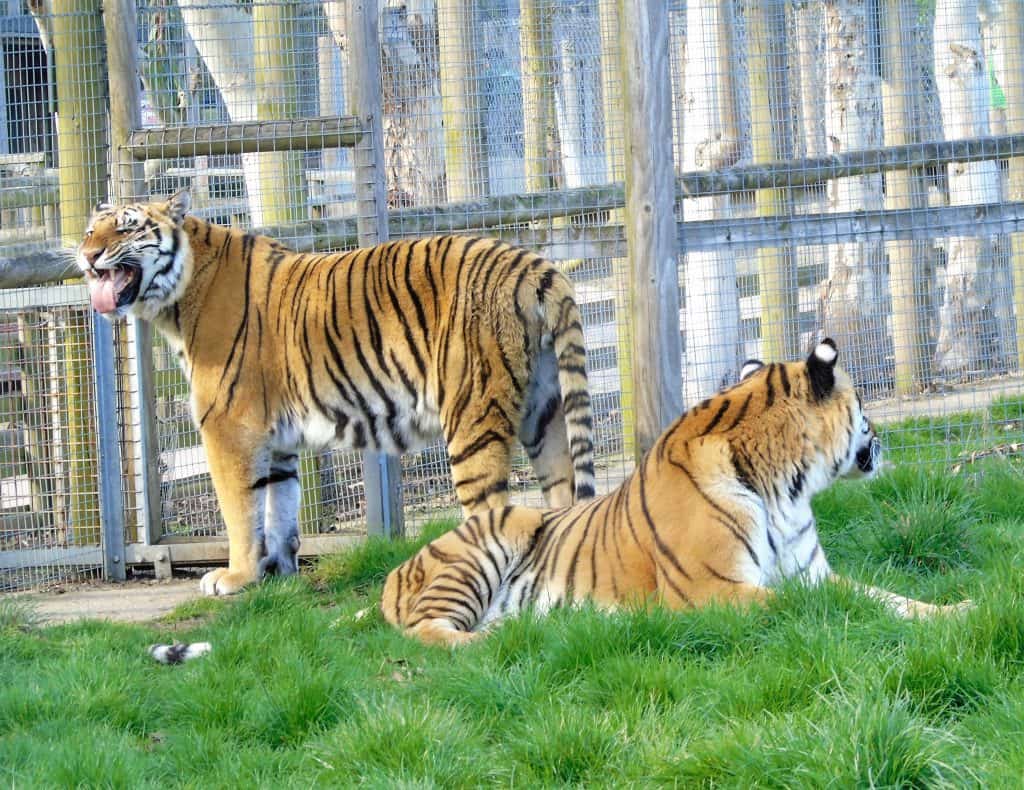The Tiger
Tigers are creatures known by all. When described; orange with black stripes, everyone guesses right. This has been the case for a long time.

History
Throughout history this magnificent beast has acquired myths and legends, cultures have taken symbols from its every move and way of life. Both good and bad.
5000 years ago tigers were depicted on amulets in the Harappa – Mohenjo-Daro region. One such case shows a deity fighting off two tigers. Another portrays the figure as a woman, atop an elephant and a wheel above her head.
Tigers in Religions
In some examples of Buddhism the tiger is associated with anger. Firstly, in Korean Buddhism it appears in some temples as a part of their creation legends. In Korea itself the tiger symbolises bravery and fearlessness. Whereas, in Tibet the subdued tigers are said to show the minds triumph over anger which allows them to follow wisdom and insight.
In Hinduism, Shiva is shown wearing a tigers pelt or sitting on it. Legend says he was said to have defeated a mighty tiger and so wears the hide to show he is all powerful and above animals’ instincts. However, the Goddess Durga is sometimes depicted riding a tiger; she is the protective mother of the universe created to preserve moral order and righteousness. The tiger symbolises unlimited power and so that is hers as she sits upon it.
Tigers in Chinese Culture
It comes up many times in Chinese culture including the zodiac. Those born in the year of the tiger are said to be strong, tenacious, brave and sympathetic. In feng shui it is the Yin and Yang along with the dragon. It represents the physical or earth and matter, while the dragon is spiritual. They are also said to be able to ward off evil spirits so images or statues may be placed facing the door to keep the house safe.
Tigers throughout our History
Even in our own history tigers have often been used to portray strength, loyalty and survival on coats of arms. Images of them on shields were believed to intimidate enemies on the battlefields. It is understandable today they are the mascots or logos of many sport clubs.
These are but a few examples of how the tiger has helped shape so many cultures and traditions. It is hard to imagine a time where these carnivores no longer roam our wilderness and so it is vital we do what we can to safeguard them.
Whatever beliefs there are for the tiger the undoubtable truth is that they are a vital member of the food chain. They maintain the populations of herbivorous animals and ensure they cannot overgraze the habitat and so destroy it.
Our boys, Troy and Blade, at Wingham Wildlife Park may not have as much hard work to do as their wild cousins but they do a fantastic job as ambassadors for their species. Look out for them on your next visit!



